#1 (tie): Bakersfield, CA
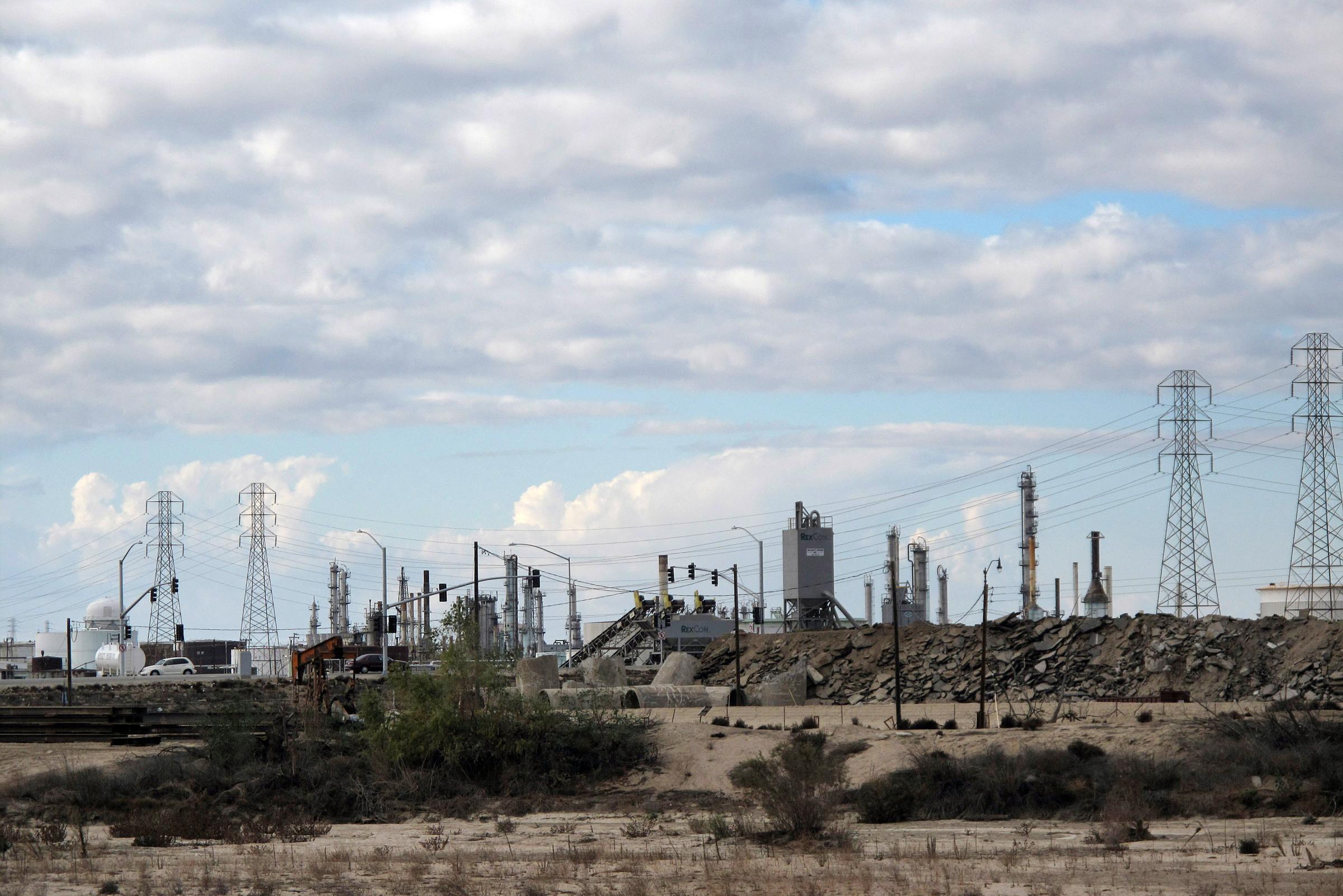
Smog has been a persistent problem for years in Bakersfield, where over 60,000 residents have asthma, and where ozone air quality is considered unhealthy or worse for nearly two-thirds of the year. But there is good news—air pollution has improved over the past decade even as the population has increased.
#1 (tie): Merced, CA

Merced doesn’t suffer from the particularly high air pollution days that other cities on the list do, but it does have year-round average levels of particulates that are unhealthy. Some of that pollution may be do to drift from the more heavily populated Bay Area, which sites to the west of Merced.
#3: Fresno-Madera, CA
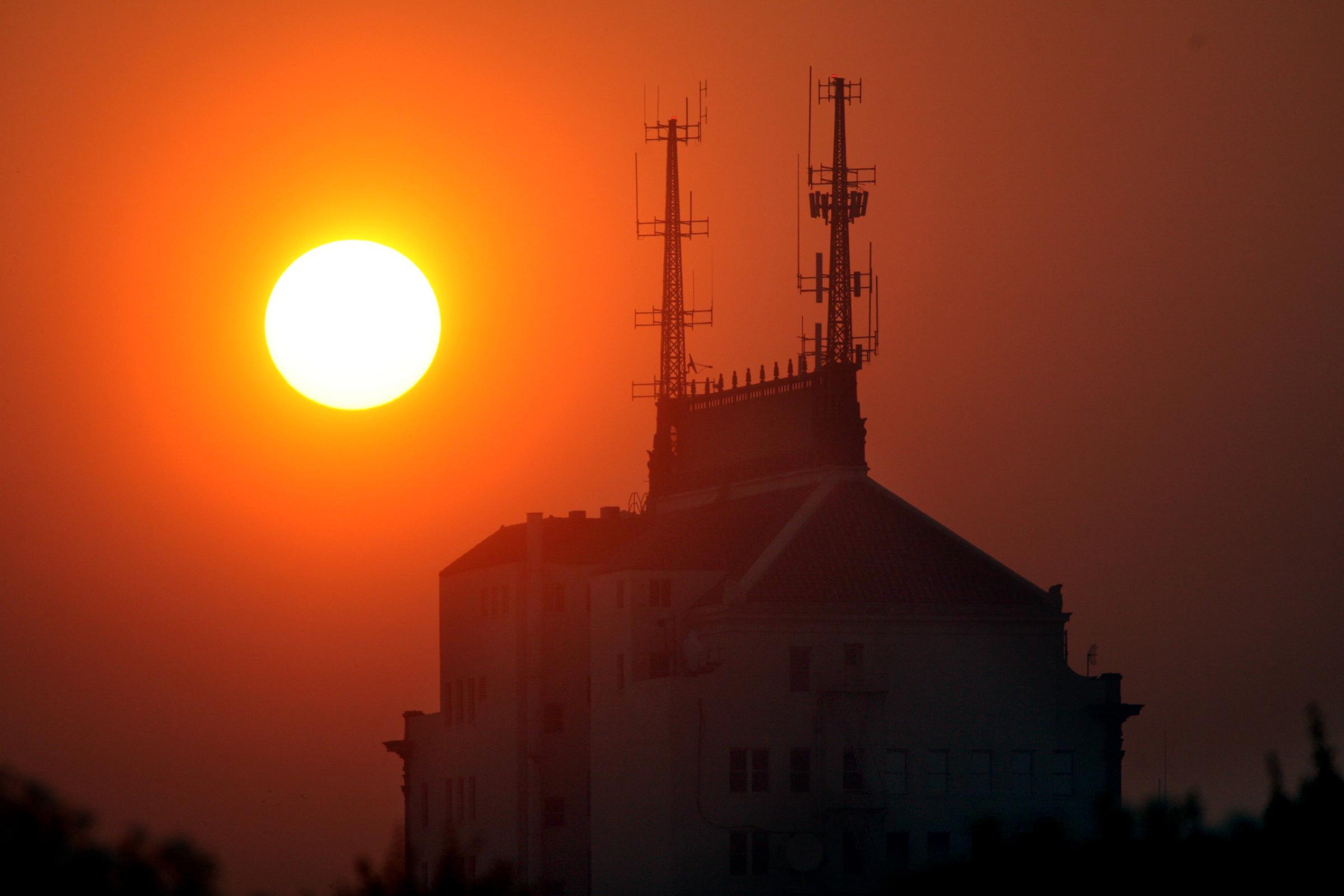
The Fresno area doesn’t have the worst air pollution on average, but it does have some of the highest levels of very bad days—when it’s polluted in Fresno, it’s really polluted. Nearly a quarter of the greater Fresno-Madera population suffers from some sort of cardiovascular disease, which can be connected to air pollution. Rapid population growth over the past decade has intensified the problem.
#4 (tie): Hanford-Corcoran, CA
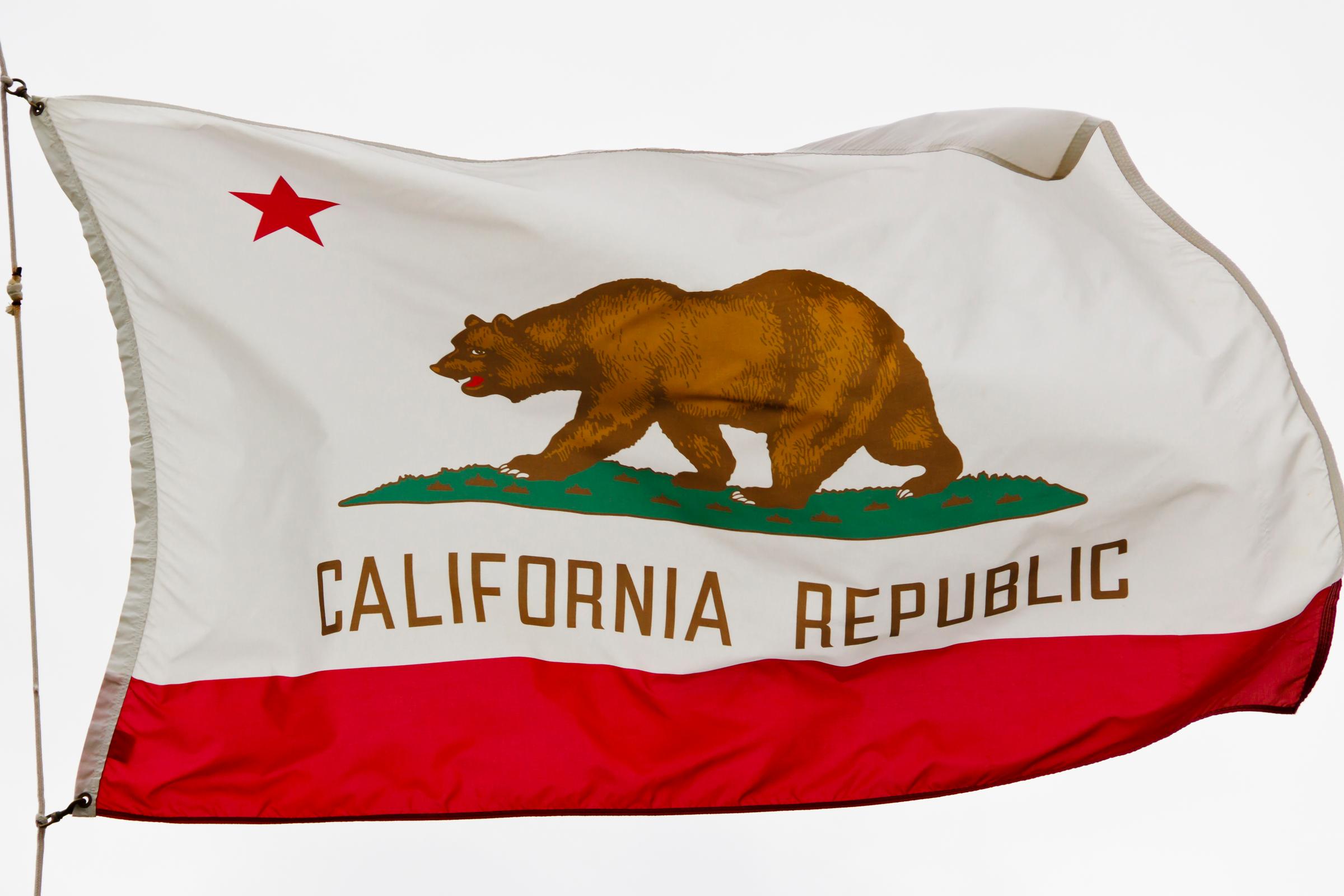
Located in the San Joaquin Valley, Hanford is at the heart of the most air-polluted region in the country. Asthma is highly prevalent in Hanford, as are high levels of ozone and particulate pollution. For all the attention paid to big cities like Los Angeles or Pittsburgh, the air is often worse in smaller cities like Hanford.
#4 (tie): Los Angeles-Long Beach-Riverside, CA
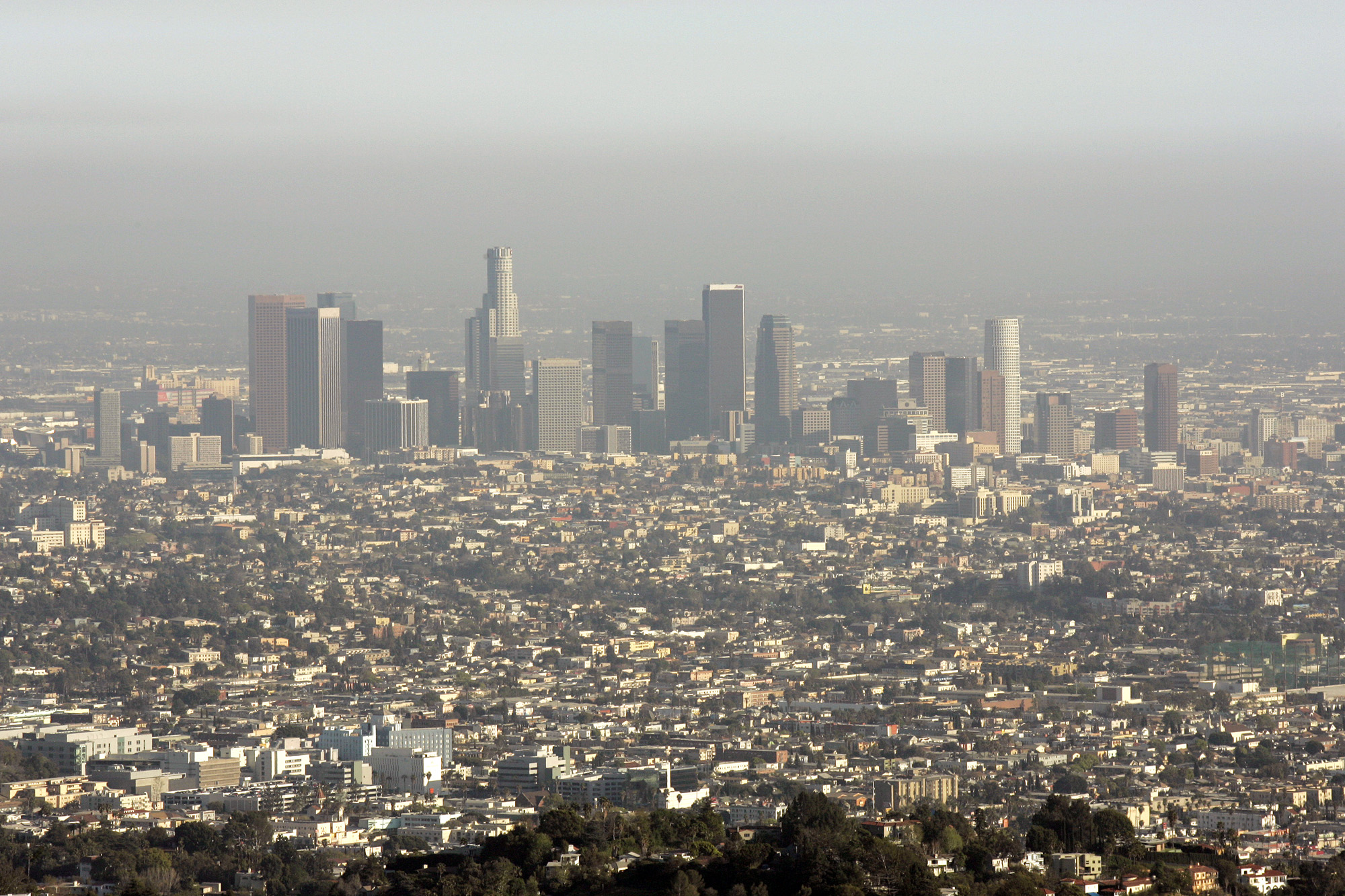
L.A. isn’t anywhere near as bad as it was in the 1960s and early 70s, when smog alert days were a daily fact of life. Cleaner car engines have helped reduce those emissions. But smog and other forms of air pollution are still a problem in the L.A. metro area, while Long Beach experiences serious air pollution from one of the biggest maritime ports in the world.
#6: Modesto, CA

Modesto is in California’s Central Valley, one of the most productive agricultural areas in the U.S., but also one of the most polluted. High ozone days remain a major problem in Modesto, where a combination of geography and emissions from cars and industrial agriculture add up. A little less than 10% of the population has asthma.
#7: Visalia-Porterville, CA

Ozone pollution a major problem in the Visalia area, where some two-thirds of the days between 2009 and 2011 featured unhealthy levels of ozone. Particulate pollution doubled in Visalia over the last six years, and asthma rates remain extremely high.
#8: Pittsburgh-New Castle, PA
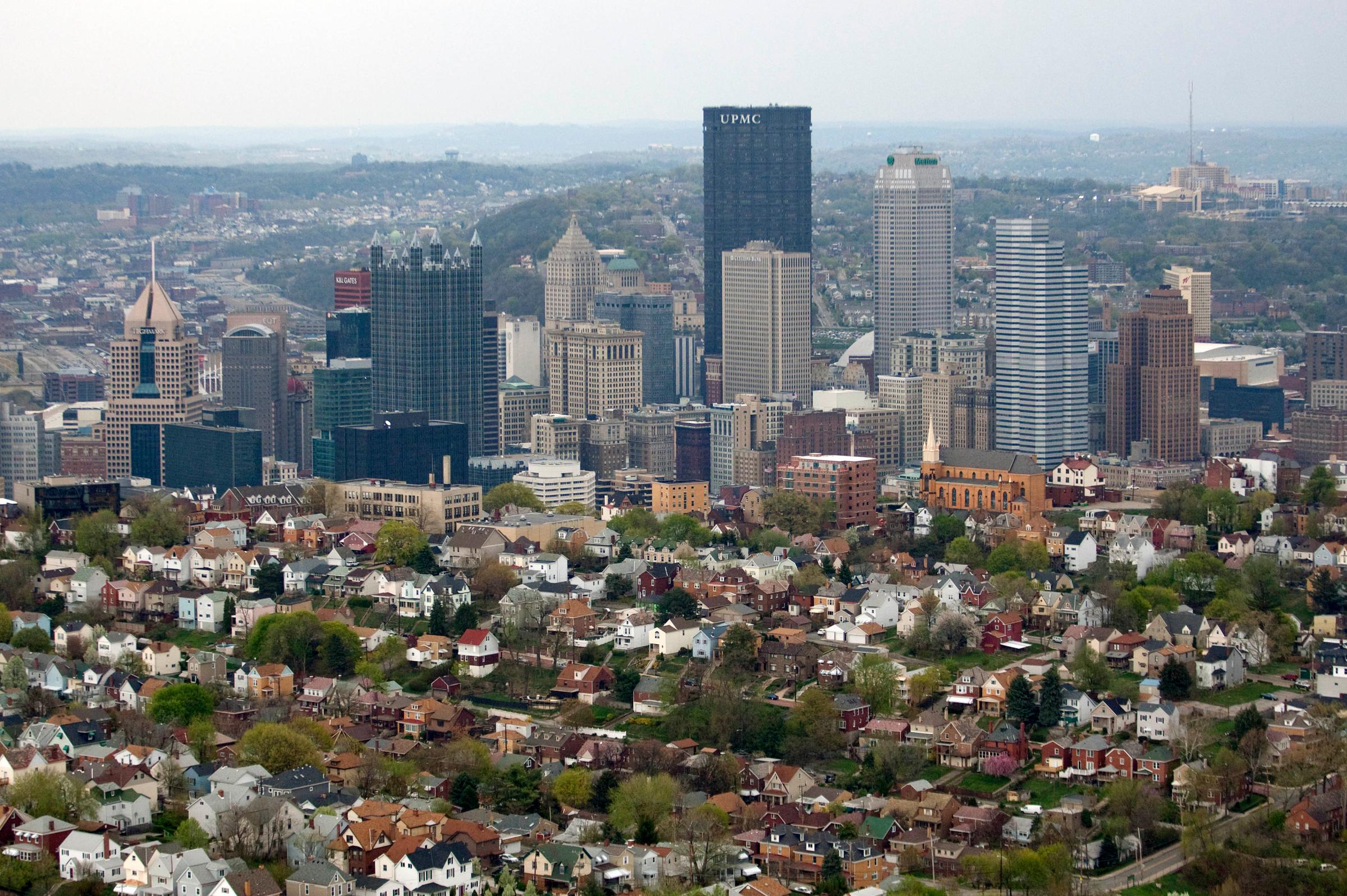
Pittsburgh isn’t the environmental hellscape it was during the city’s height as a steel producer, when the air was so full of particulates that laundry hung out to dry would turn black on the line. But Pittsburgh still has serious problems, in part because the city is downwind from many Midwestern coal plants. A quarter-million residents have been diagnosed with asthma.
#9: El Centro, CA
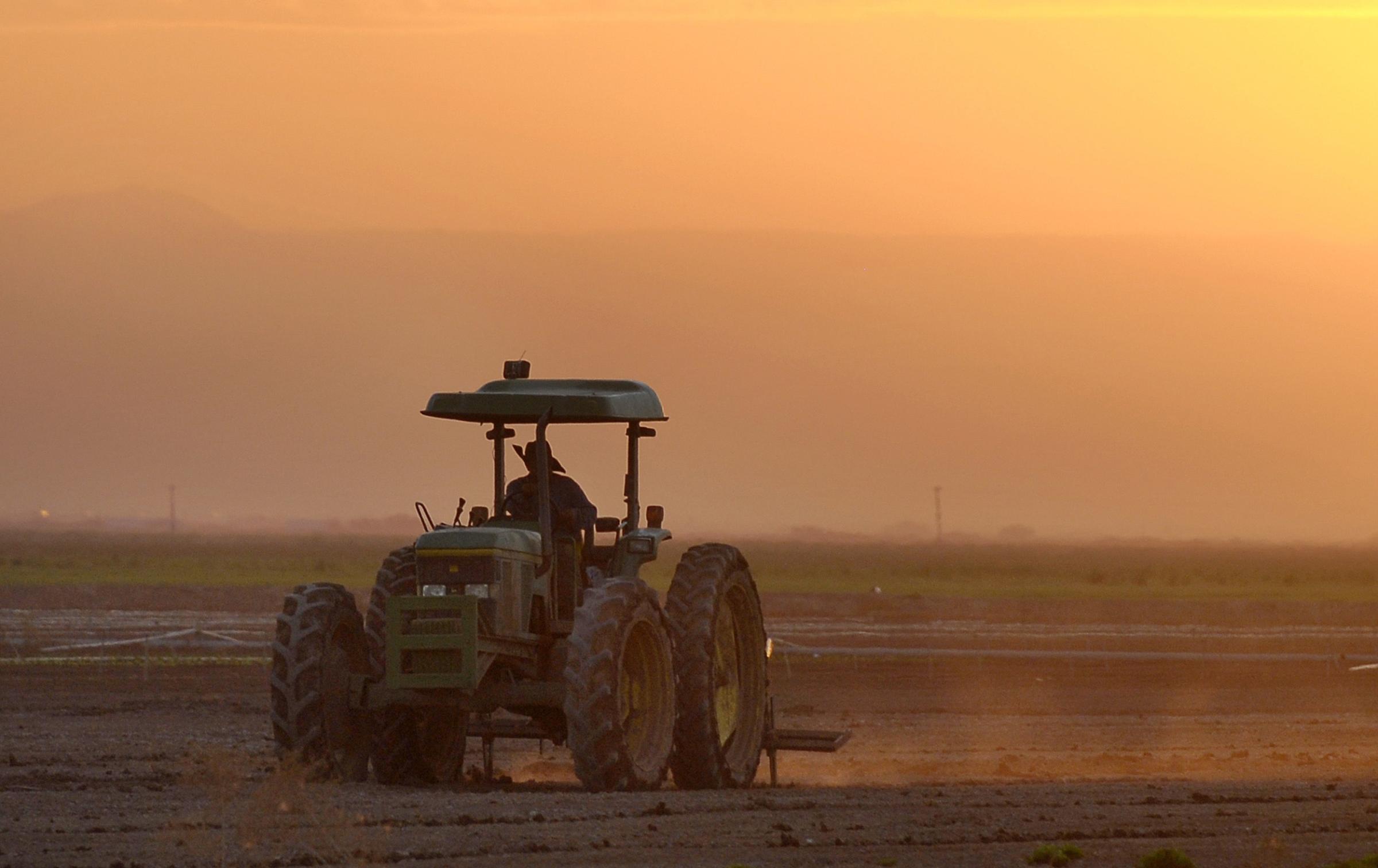
El Centro in southern California had 49 days when the ozone level was unhealthy for sensitive populations. Much of the city’s pollution is due to vehicle emissions, though the city has begun to convert city streets into pedestrian areas. Still, nearly 15,000 residents have asthma in a city of about 177,000.
#10: Cincinnati, OH-Middletown, KY-Wilmington, IN
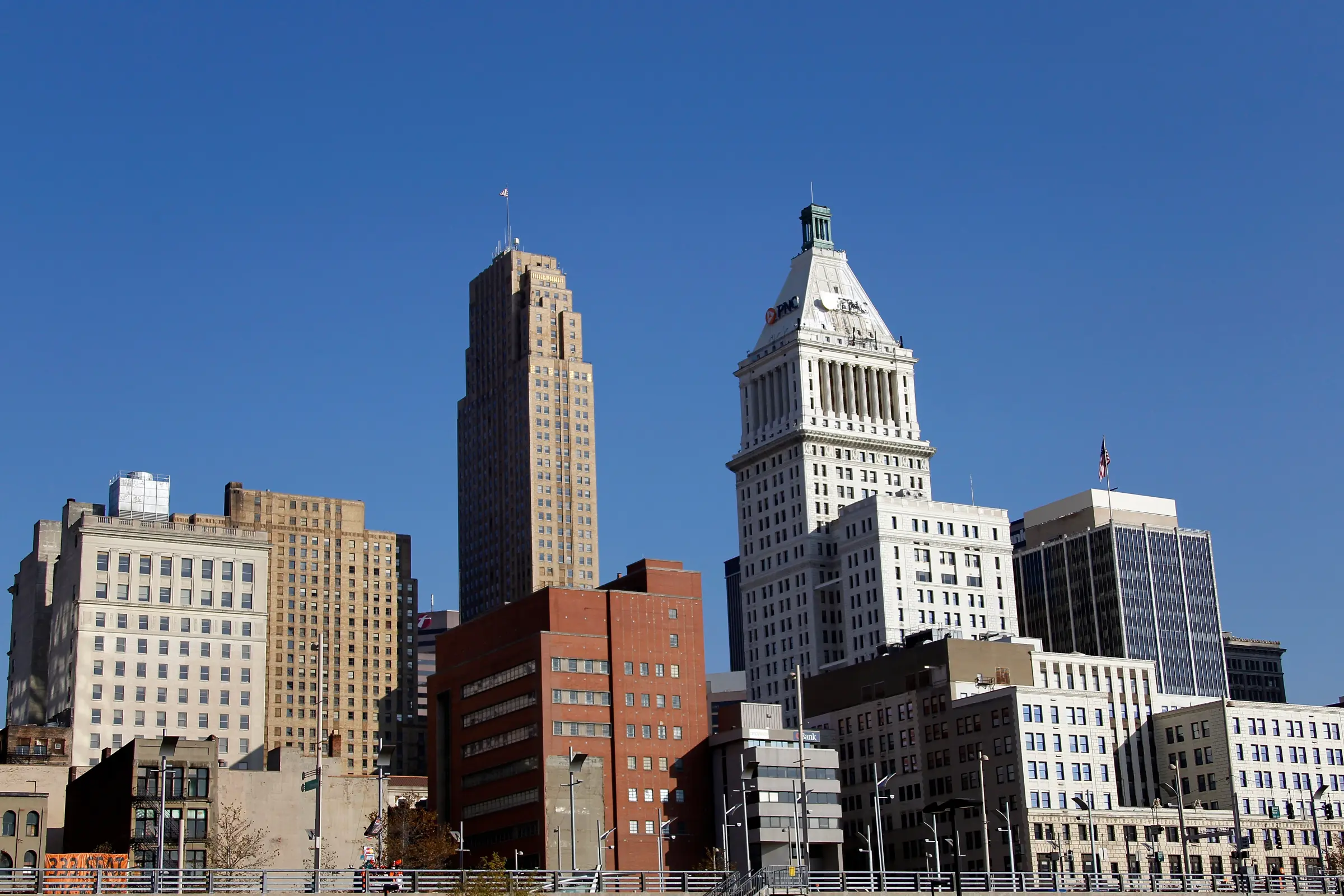
The three Midwestern cities tie for year-round particulate pollution, thanks largely to industry and the burning of coal, which provides the bulk of electricity in the region. Cincinnati is improving, however—the number of days with high ozone levels fell by ore than half between 1996-1998 and 2009-2011.
More Must-Reads from TIME
- Cybersecurity Experts Are Sounding the Alarm on DOGE
- Meet the 2025 Women of the Year
- The Harsh Truth About Disability Inclusion
- Why Do More Young Adults Have Cancer?
- Colman Domingo Leads With Radical Love
- How to Get Better at Doing Things Alone
- Michelle Zauner Stares Down the Darkness
Contact us at letters@time.com